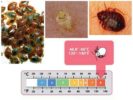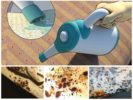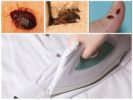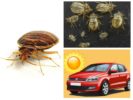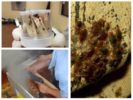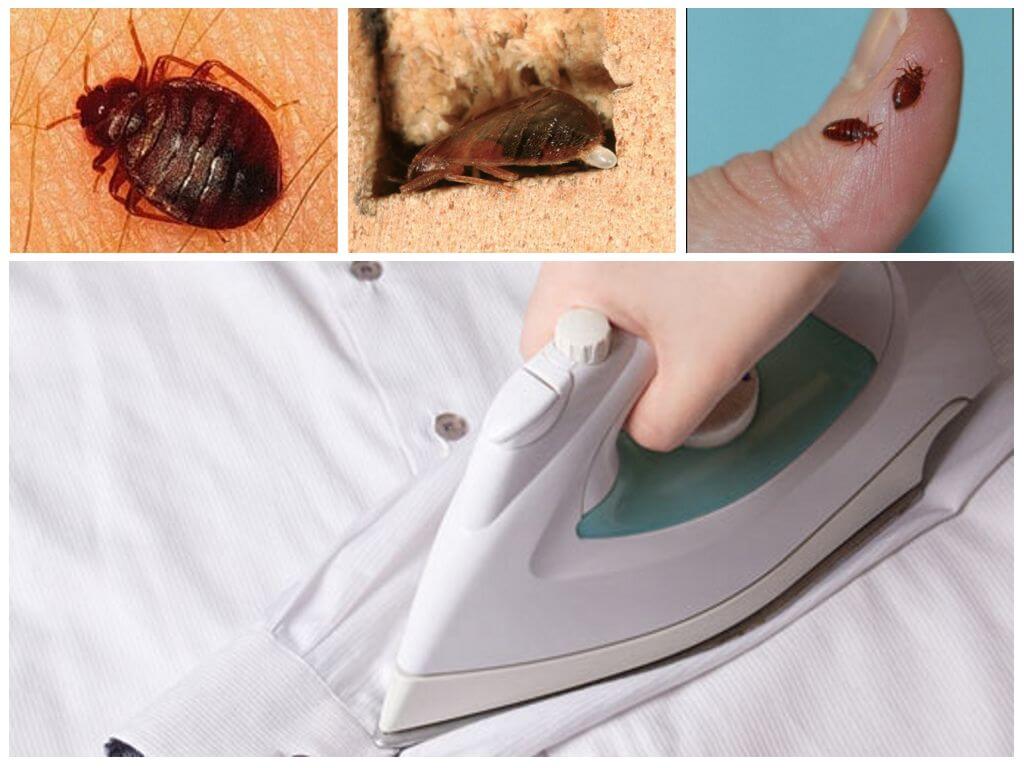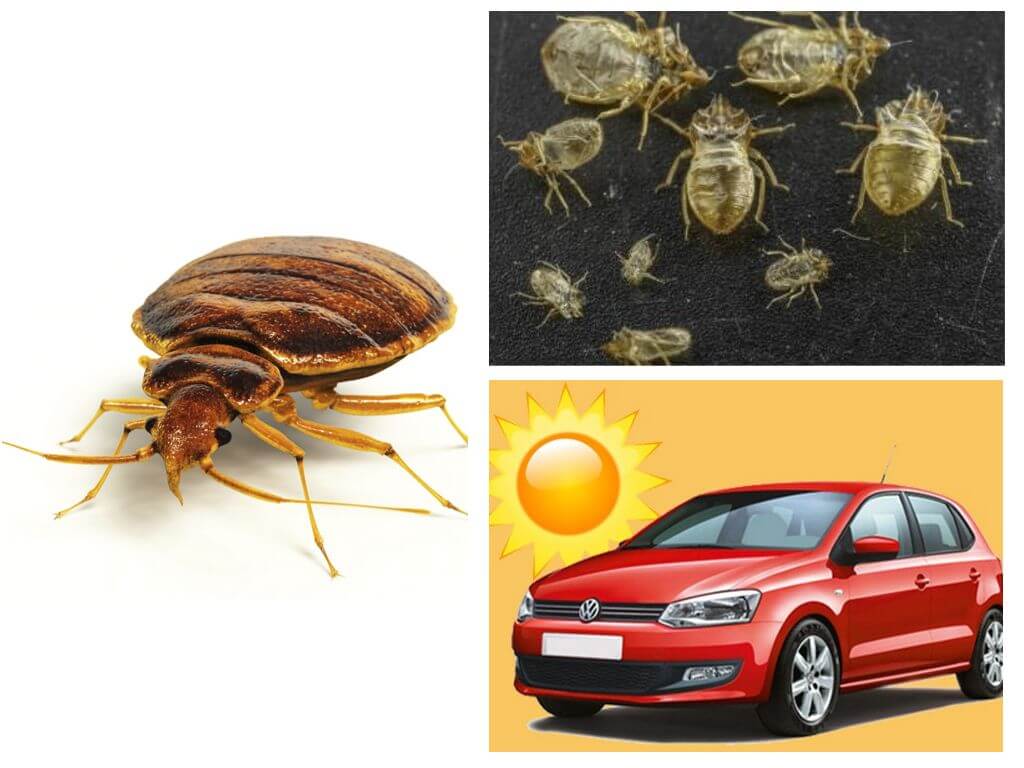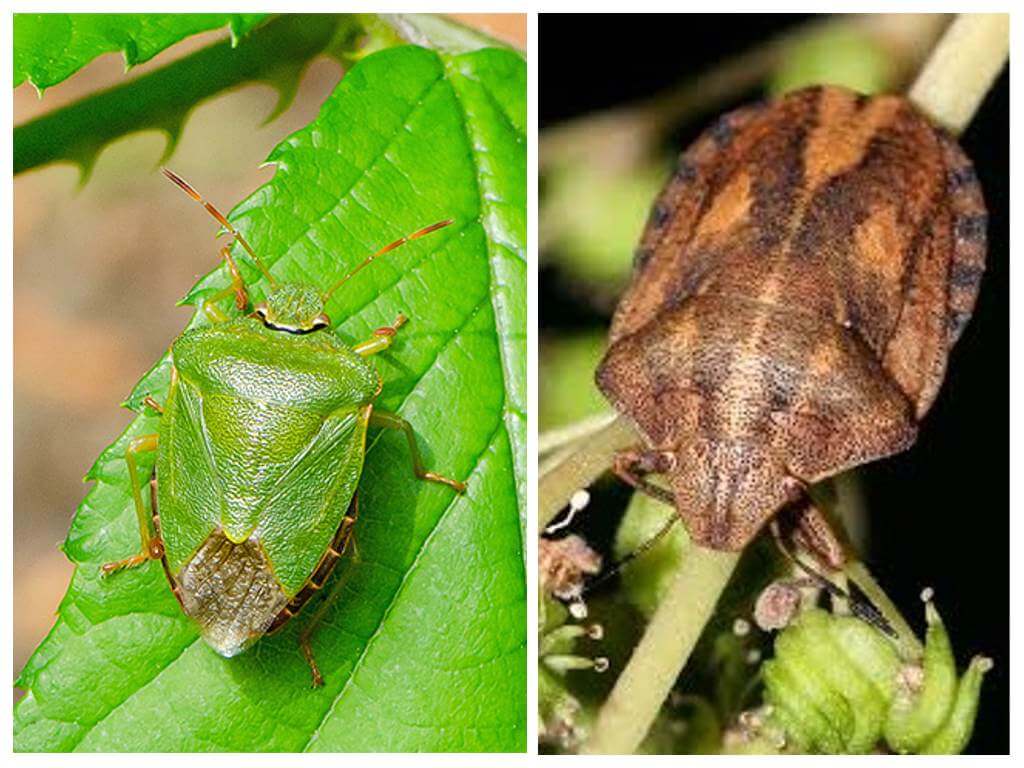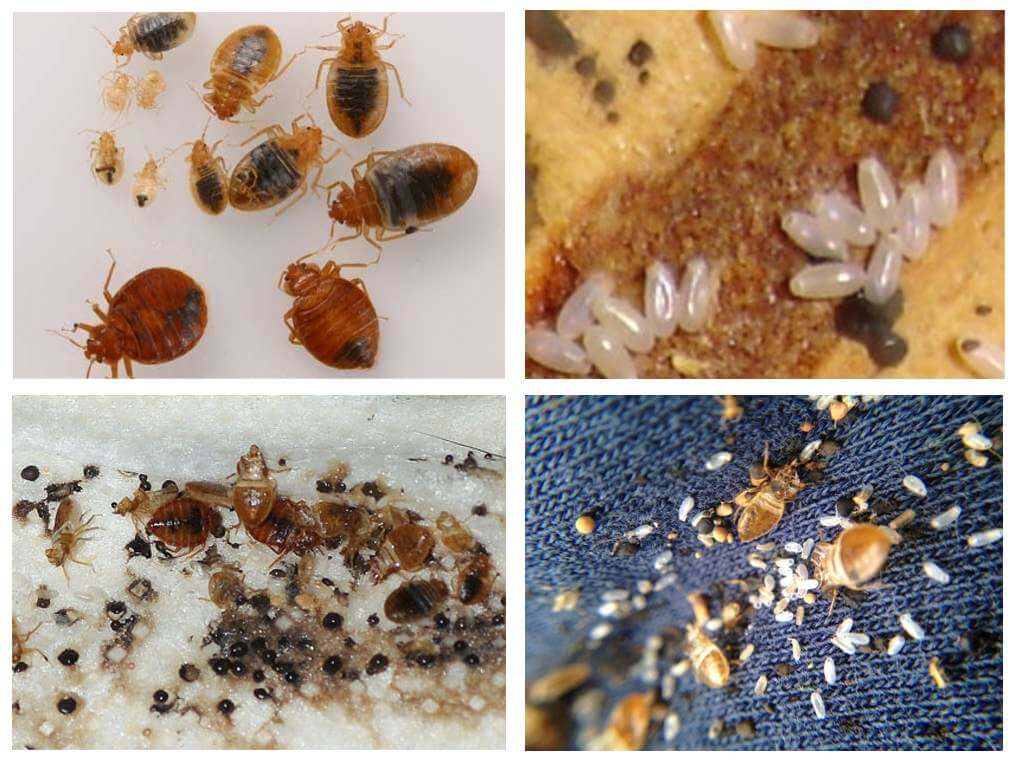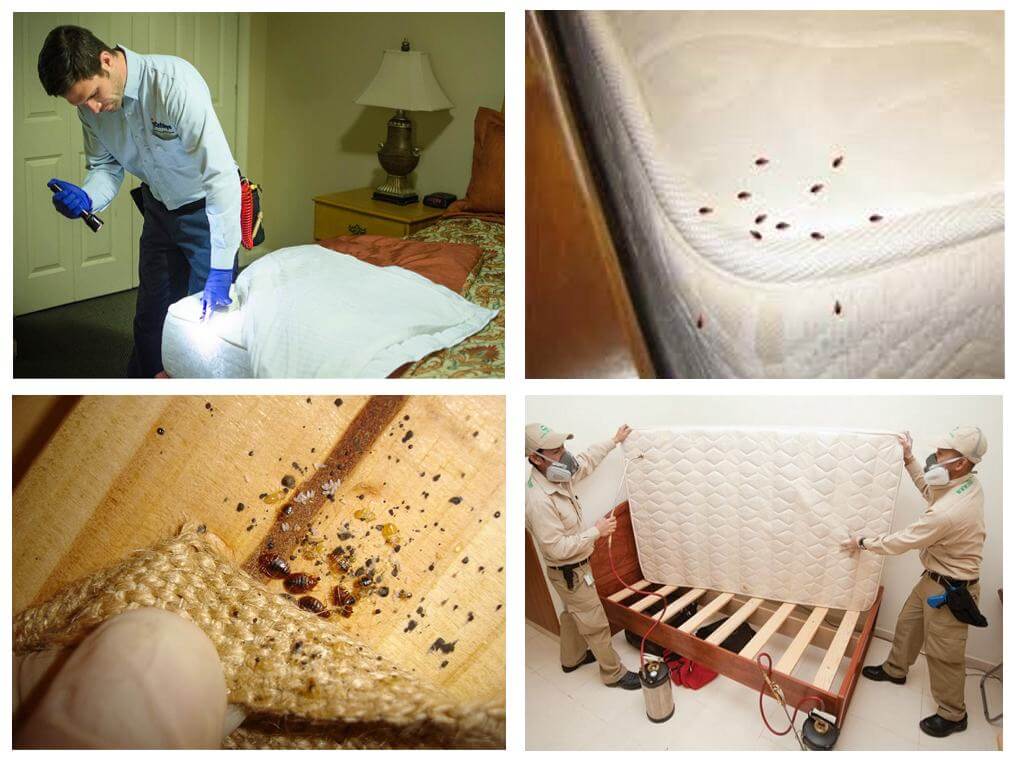- The temperature of the death of bugs
- Process with boiling water
- Iron things
- In the car in the heat
- Steam
Bed bugs are small insects. They live in people's apartments, feed on blood. They are unpretentious, go without food for a long time, and are resistant to toxic substances. They are afraid of heat and cold, at a certain temperature the bugs die.
Interesting!
First bed bugs and their eggs appeared in caves in the Middle East. Their food was the blood of humans and bats. The first mention of them dates back to 400 BC. In Europe, they appeared in the 11th century, in America - in the 16th.
Ideal living conditions
For life, bugs need:
- food (human blood);
- comfortable climatic conditions (+20 - 30).
In such conditions bugs actively breed. At high temperatures, reproduction becomes more active, the larva develops faster. They need abundant nutrition, and their life cycle is reduced.
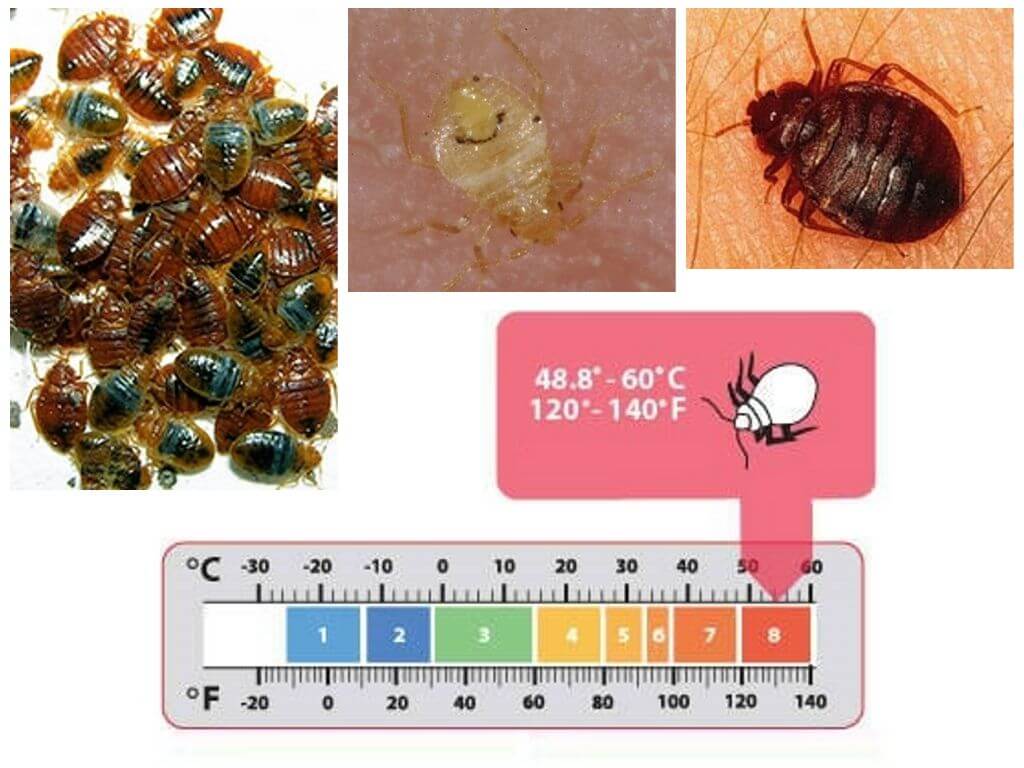
At excessively high temperatures, bedbugs die quickly enough. Short-term exposure to cold (below 0) is tolerated by them normally. Long cold can destroy them.
At +15 and below, the reproduction process stops, larva freezes in development.
Life depends on conditions
Life expectancy is affected by climatic conditions:
- In ideal living conditions, the larva develops to an insect in 35 days. 1 individual lives for about a year.
- In conditions of elevated temperatures (up to 32), the development of an adult from an egg becomes faster. Life expectancy is reduced by 2 months (10 months).
- At a temperature of 20 to 25 degrees, bugs are able to live up to 15 months.
- At below 15 heat, bug egg not developing. Adults fall into suspended animation. The cold is disastrous for them.
Interesting! Being in a state close to suspended animation, bedbugs can do without food for up to 1.5 years. The smell of blood can wake them up.
At +50 and above, bugs live for a couple of minutes, then die. At +45 - no more than half an hour. An egg in such temperature conditions lives up to one day.
At a temperature of minus 10, they fall into suspended animation. At -15 and below, they will die, but on condition that such a regimen lasts from 3 days or longer. At -20, death will occur in a few hours. An egg exists for two days, the cold kills it.
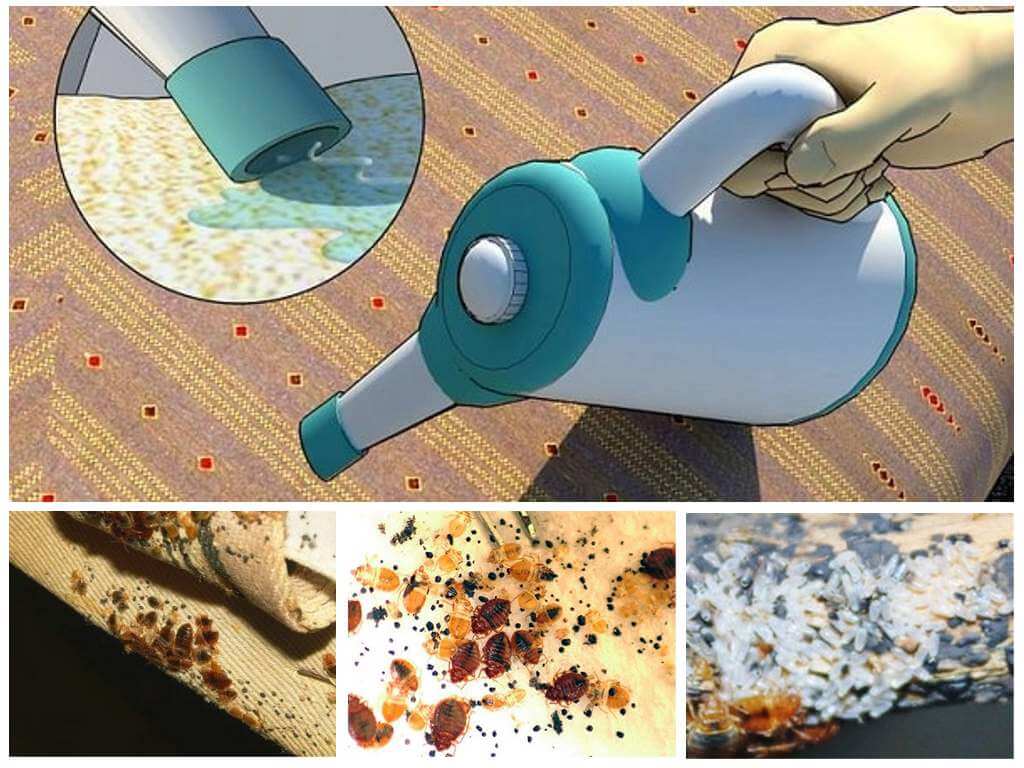
A good option of destruction is boiling water (+50 and above). Freezing parasites is more difficult.
Temperature control methods
Knowing at what temperature the bugs die, we will determine the methods by which you can get rid of insects:
- Thermal gun. One of the effective methods of destruction is the heat gun used in the installation of a stretch ceiling. It must be placed in the room, and with its help to warm the air to + 60 ° C. Under such conditions, the parasites die. After 30 minutes, adults can be forgotten;
- Steam generator. Steam Generator Processing You can clean a room of any size. Hot steam destroys individuals and larvae instantly;
- All clothes, bedding, things should be washed in an automatic washing machine at +90 degrees;
- Ironing. Each thing needs to be ironed with an iron, with the highest possible temperature on both sides, especially the seams. Bed bugs begin to die quickly;
- Bedbugs are afraid boiling water.Effectively destroys insects in baseboards and crevices;
- Ultra-violet rays. If the day turned out to be sunny and hot, things and furniture can be taken outside, under ultraviolet rays;
- Frost. Are bugs afraid of the cold - yes. In the North, destroying them is simple: just open the windows in the apartment for a couple of days and let in cold air. Things and furniture in which the parasite lives are carried out in the cold.
Small things can be put in the freezer at a maximum temperature of a week or more and frozen - insects will begin to die;
- In a tumble dryer, adults begin to die within a few minutes (at maximum temperature);
- Car. In summer, the car heats up to + 65 ° C. Having placed things there, we can expect that the insect will begin to die;
- The hot air gun is suitable for processing furniture and things. At +70 degrees, parasites begin to die in a few minutes. This is the best way. kill bugs in the nests.
Minus temperatures of death of bugs:
- at -16 for 80 hours;
- at -20 for two days.
Eggs are able to survive a decrease to -30 ° C, if it was short-lived. At -7 degrees, they begin to die in 1.5 months. At +50 they are able to live for 24 hours.
The best option for destruction
You can destroy bedbugs with an ordinary household steam cleaner with a maximum temperature of +60 and above. It is better to wrap the nozzle with a cloth so that the pressure of the steam is dispersed to avoid the fact that the steam will simply blow off the parasites. It is necessary to withstand steam exposure for several minutes.
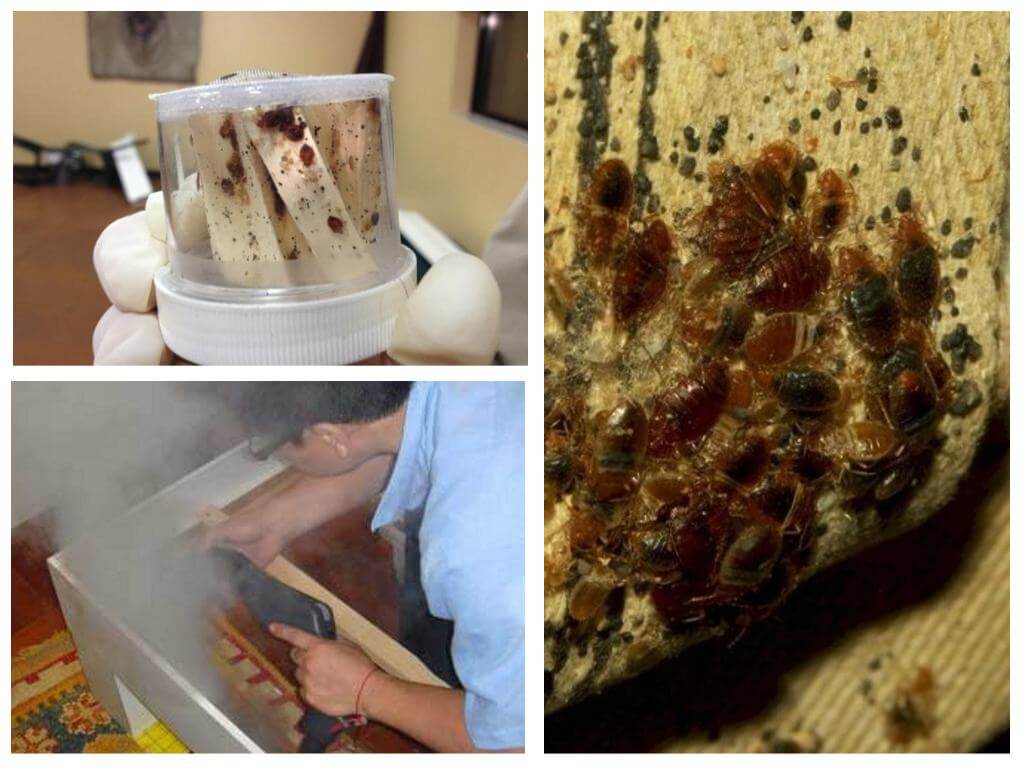
Fighting Safety Rules
Safety precautions:
- Do not direct the steam generator at people, at wooden, varnished coatings, at wallpaper.
- When processing a room with a temperature of +70, all plastic objects should be removed from it.
- The degree of processing with high humidity cannot be installed in the steam generator - this deforms the furniture.
- Adults can die at sub-zero temperatures. But you can not do this in a room in which there is a sewer and heating.
Bed bugs and their larvae die under the influence of heat generators. These machines heat the room to an average of + 65 ° C. The advantage of the method is that you do not need to find the nests and process them pointwise. Heat generators themselves are expensive and are used by special companies. This method of destruction is called hot fog from bugs.
Adults are afraid of high and low temperatures. You can use not only special methods - every home method can help get rid of bedbugs.
